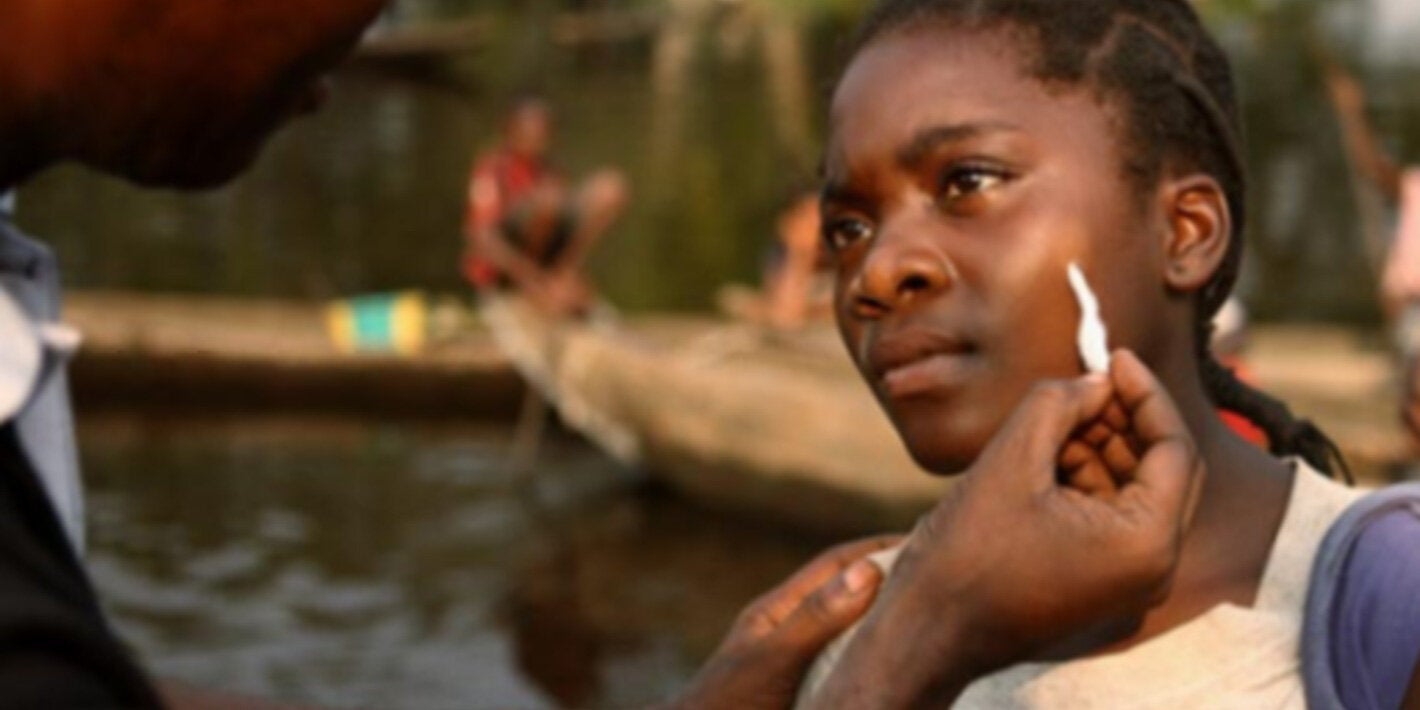
Sao Paulo, 22 January 2021 (PAHO/WHO) - The World Health Organization has been combating Neglected Tropical Diseases (NTDs), which are more than 20 diseases, including leprosy, through drug distribution programs around the world, in partnership with pharmaceutical companies that donate drugs used to fight NTDs to more than a billion people for the fifth consecutive year.
World Leprosy Day is celebrated on the last Sunday of January, (24th), and aims to raise awareness about a disease that many people believe is extinct. Currently, it is not only the disease that is overlooked, but also those affected by it. Therefore, the theme of the 2021 campaign is “Beat Leprosy, End Stigma and Advocate for Mental Well-Being”.
Leprosy is an infectious disease caused by the bacterium Mycobacterium leprae, also known as Hansen's bacillus (in honor of Gerhard Hansen, the Norwegian physician and bacteriologist, discoverer of the disease, in 1873). The bacillus reproduces very slowly and the average period of incubation and appearance of the signs and symptoms of the disease is approximately five years. The initial symptoms are light or dark spots or nodules on the skin, resulting in skin lesions and loss of sensation in the affected area. Other symptoms include muscle weakness and tingling in the hands and feet. When cases are not treated at the beginning of signs and symptoms, the disease can cause progressive and permanent sequelae, including deformities and mutilations, reduced limb mobility and even blindness.
The disease mainly affects the skin, the nerves, the mucosa of the upper respiratory tract and the eyes. In some cases, symptoms may appear as early as nine months after contamination, and in other cases, they may take up to 20 years. Leprosy is not highly infectious and is transmitted through close and frequent contact with untreated infected people. Leprosy is curable and the treatment offered reduces considerably the chances of deficiency.
Today, leprosy treatment is free (through WHO, thanks to a donation from Novartis) and simple. Most endemic countries have made efforts to integrate leprosy care services with countries' health services.
People affected by leprosy are often discriminated against and stigmatized. This situation has a negative impact on access to diagnosis, the result of treatment and the result of care, in addition to violating civil, political and social rights. Ending discrimination, stigma and prejudice is essential to end leprosy.
In 2010, the UN General Assembly and the Human Rights Council adopted the Principles and Guidelines for the elimination of discrimination against people affected by leprosy and their families. These Principles and Guidelines make national governments responsible for eliminating discrimination related to leprosy. They provide an excellent roadmap on how to enforce legally binding human rights that are routinely violated against people affected by leprosy and their families. Many of the Principles and Guidelines reflect the rights enshrined in the Convention on the Rights of Persons with Disabilities (CRPD). The CRPD preamble recognizes the need to promote and protect the human rights of all persons with disabilities, including those requiring more intensive support. The International Federation of Anti-Leprosy Associations, ILEP) argues that people with leprosy-related disabilities or disadvantaged by stigma are exactly those who need this intensive support
Worldwide, 210,000 new cases are reported annually, of which 15,000 are children. On the other hand, it is estimated that there are 3-4 million people who have already been cured but have some degree of disability. Leprosy is found in 127 countries (data from 2018), with 80% of cases in India, Brazil and Indonesia. In addition, leprosy cases have been reported in 24 countries in the Americas, some with more than 100 cases per year: Argentina, Colombia, Cuba, Mexico, Paraguay, Dominican Republic and Venezuela.
In the Americas, 31,000 cases of the disease were reported in 2018, and 34,000 patients are being treated, 1,800 of whom are children. Of the patients diagnosed that year, more than 2,000 had visible deformities caused by leprosy.
In order to reinforce the commitment to control leprosy, BIREME and the Lauro de Souza Lima Institute carry out actions to strengthen the Hanseníase Brasil VHL, including the reactivation of its Advisory Committee, in 2020, and actions for maintenance regular VHL and updating the portal and its technologies. The activities planned for 2021 include migration of the LILDBI-Web from the VHL to the FI-Admin and actions to promote and disseminate the VHL in national scientific events on the subject, in addition to the participation of the Leprosy VHL coordinator in international and national events for the promotion, dissemination and management of the VHL Leprosy within the scope of the VHL Brazil Network.
In 2020, BIREME/PAHO/WHO developed and launched the World Leprosy Day Window of Knowledge, in partnership with the Regional Leprosy Program, which contains information for health professionals, researchers and the general public, that keeps being updated.
Links of interest
Biblioteca Virtual em Saúde Hanseníase (in Portuguese)
World Leprosy Day Window of Knowledge
Janeiro é mês de conscientização sobre a hanseníase (in Portuguese)



